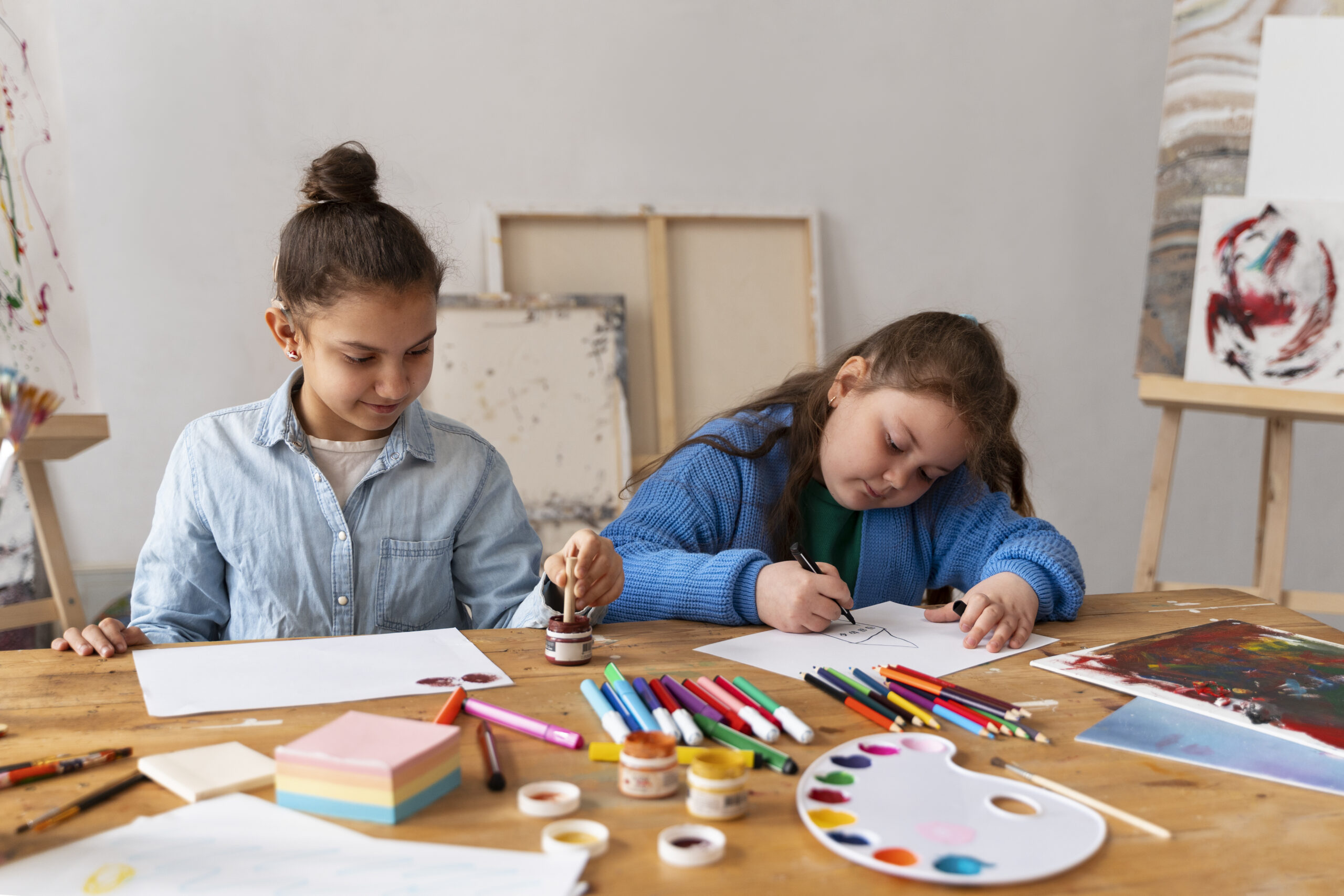
Unmasking the Creativity Conundrum: A Parental Paradox
The Creativity Crisis: A Cultural Conundrum
Creativity, once a whimsical muse, has morphed into a cogent metric of human capital. This evolution has cast a long shadow over parenting, where the pressure to cultivate young Einsteins and Picassos is palpable. A recent campaign has peeled back the curtain on this phenomenon, revealing a chasm between parental perception and the profound impact of creativity on a child’s trajectory.
The campaign’s cornerstone is a sobering realization: while parents universally endorse creativity’s significance, their understanding of its nuances is often obscured by misconceptions. researches institutions has illuminated these shadows, painting a portrait of creativity as a multifaceted construct, far removed from the stereotypical artist’s garret.
The Myth of the Artistic Genius
A pervasive fallacy equates creativity with artistic expression. This narrow framing has relegated creativity to the periphery of mainstream parenting, enshrined as a desirable but optional extracurricular. Yet, research unequivocally positions creativity as a cornerstone of problem-solving, innovation, and adaptability – skills that are the lifeblood of the 21st-century economy.
Furthermore, the belief that creativity is an innate talent, a divine spark bestowed upon a select few, has stifled parental efforts. This deterministic view overlooks the potency of environmental stimuli in nurturing creative potential.
Parental Paradox: Aspiration Versus Action
Parents are a paradox of ambition and inertia. They ardently desire creative children but are often paralyzed by a perceived lack of expertise or time. This is a self-fulfilling prophecy, as the belief that one must be inherently creative to foster creativity in offspring is unfounded.
The data is clear: even modest infusions of creativity into daily life can yield substantial dividends. From transforming mundane chores into imaginative adventures to curating an environment rich in sensory stimuli, the avenues for parental engagement are myriad.
Nurturing the Creative Core
The key to unlocking a child’s creative potential lies in creating a fertile ground for imagination to flourish. This involves a conscious departure from the digital dominion, where passive consumption stifles cognitive agility. By cultivating moments of unplugged engagement, parents can reignite the flickering flame of curiosity.
Moreover, transforming the home into a creativity crucible is essential. Accessible art supplies, designated play spaces, and a tolerance for mess are foundational. Integrating creative elements into routine tasks, such as cooking or dressing, gamifies everyday life, making it a playground for the mind.
The Final Canvas
Ultimately, nurturing creativity is less about grand gestures and more about consistent cultivation. It’s about viewing challenges as opportunities, mistakes as milestones, and the world as a boundless canvas. By shifting the paradigm from product-oriented to process-focused, parents can empower their children to become not just creators, but creators of their destiny.
The campaign serves as a timely reminder that creativity is not an adjunct to education, but its very heart. By dispelling myths, offering practical guidance, and igniting a cultural conversation, it has taken a significant step towards ensuring that future generations are equipped with the imagination to shape the world.


